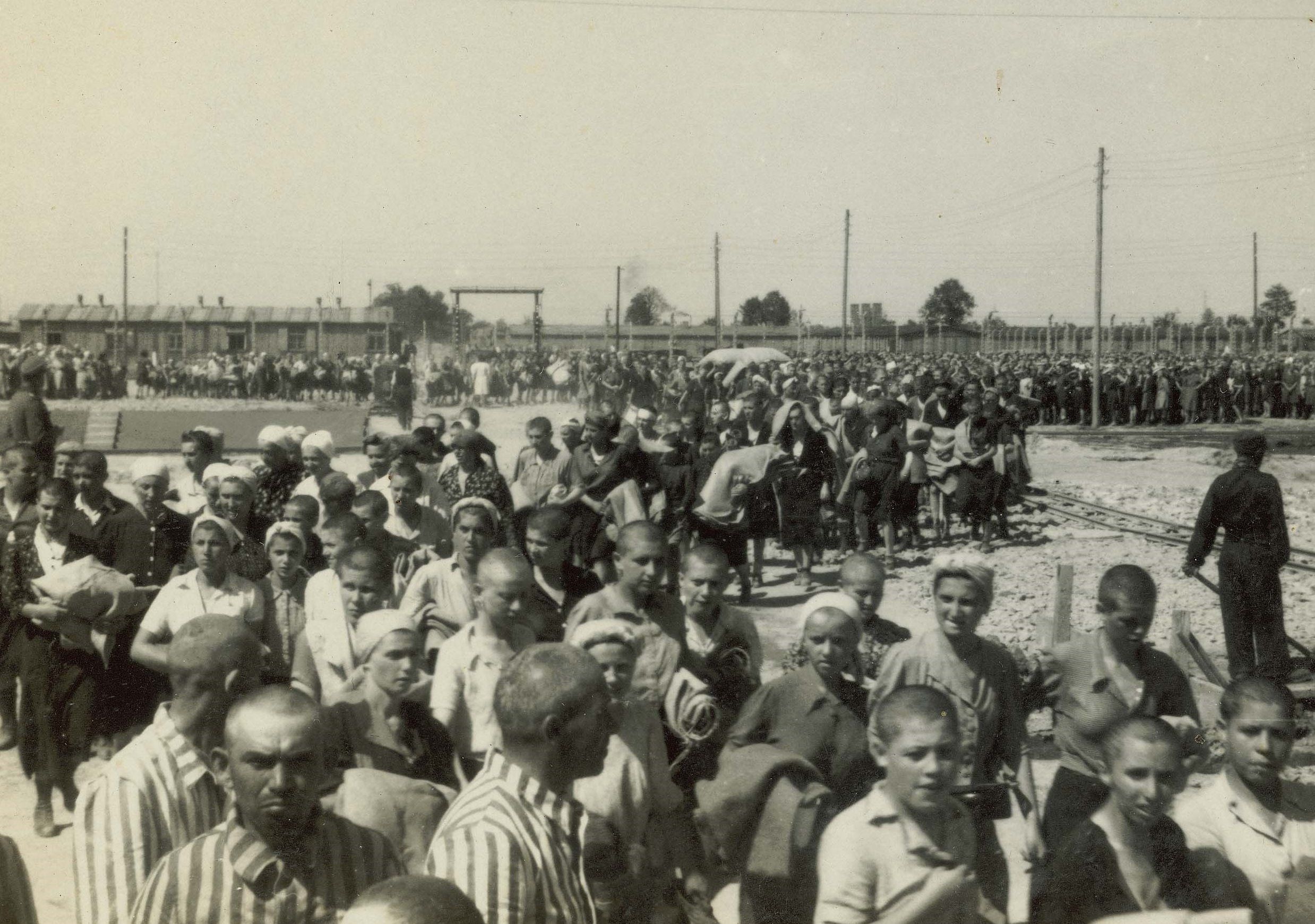The idea of setting up transit camps in Birkenau originated in the spring of 1944, with the prospects of deporting approximately 700,000 Jews from Hungary to the Reich. The government in Budapest had previously long managed to resist this, but the Regent of Hungary, Miklós Horthy, did not find enough courage to oppose German demands and agreed to start the deportation.
From the start it was obvious to the SS organisers of the campaign (Adolf Eichmann’s so-called Sondereinsatzkommando) that although there would be plenty of workers coveted by the economy, there were also a great many sick, women with small children and the elderly, whom the German authorities considered unnecessary ballast. That is why they recognised that this required the selection of Hungarian Jews, and they murdered all those unfit for work, as had been done previously with other groups of Jews. Thus, the only solution available was to send them to Auschwitz, the last death camp that at the time still operated huge gas chambers and crematoria.

